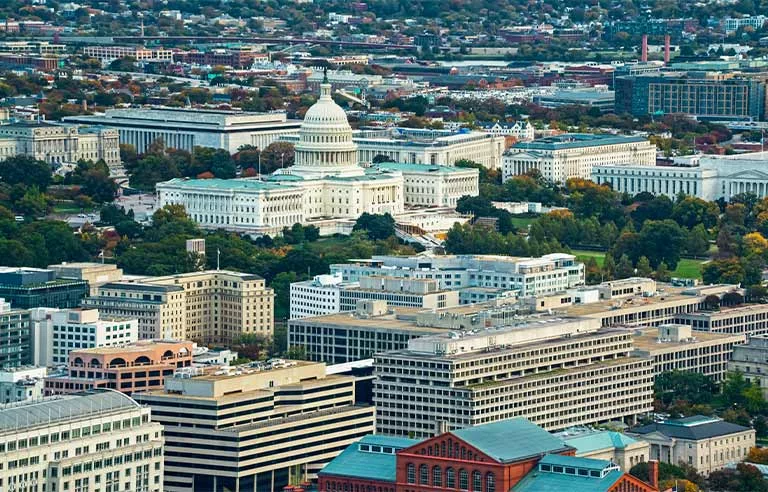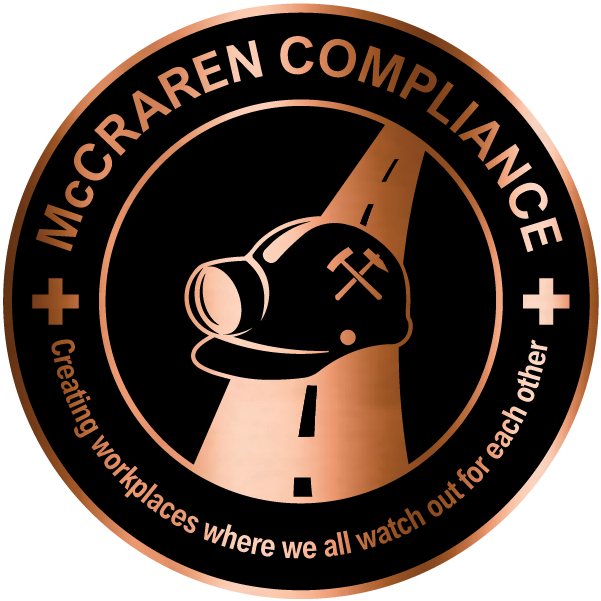
Washington — The Department of Labor is providing phone numbers that stakeholders can use instead of agency websites during the federal government shutdown that began on Oct. 1.
“For workplace safety and health,” the website states, “please call (800) 321-6742; for mine safety and health, please call (800) 746-1153. … This website is currently not being updated due to the suspension of federal government services.
“Updates to the site will start again when the federal government resumes operations.”
Former OSHA Deputy Assistant Secretary Jordan Barab wrote on his Confined Space website that DOL agencies typically work with a “small skeleton staff” during shutdowns.
“A government shutdown doesn’t mean that no one works,” Barab says. “Some government functions must be conducted, and some employees are ‘excepted’ from being furloughed in order to conduct those important activities.”
According to a DOL contingency plan document dated Sept. 26, OSHA has 460 of its 1,664 employees (28%) working full-time during the shutdown, caused by a lapse in appropriations. Meanwhile, the Mine Safety and Health Administration has 879 of its 1,590 employees (55%) working full-time.
A table on the document lists 674 MSHA employees and 280 OSHA employees as “necessary to protect life and property.”
Barab said that necessary work includes responding to workplace deaths and catastrophes, along with imminent danger situations.
The DOL document states: “Agencies will monitor and respond to imminent threats to human life, child labor investigations or process disaster Dislocated Worker grant applications. Statutory above-ground/underground mine investigations will continue, as well as inspections of targeted mines and specific hazards, and workplace inspections in high-hazard industries.
“Relevant agencies will pursue and address legal cases or investigations in jeopardy of being lost due to statute of limitations or as otherwise ordered by the court.”
That means OSHA will work on investigations if the six-month statute of limitations will soon run out or “if there was evidence that the employer had not abated any high-gravity hazardous conditions and workers would have remained at risk until the citation is issued,” Barab wrote.
In previous shutdowns, Barab adds, states operating as a State Plan program under federal OSHA had inconsistent responses. Some continued operations as usual without interruption, using state funds and, later, getting federal government reimbursement.
“Others cut back operations to emulate what OSHA was doing,” he wrote. “If any state had decided to shut down completely, federal OSHA would have been required to intervene to ensure that the ‘excepted’ functions were conducted by federal employees.”
In a statement issued Sept. 29, a coalition of worker advocacy groups that includes the National Safety Council urges both White House and congressional leaders to “keep the government open while negotiating the final [fiscal year 2026] funding deal.”
The statement continues: “The stakes are too high to play politics with worker safety. Shutting down the government does not make workplaces safer. Instead, it leaves oil field ‘roughnecks,’ construction crews, nurses and countless other essential workers without the protections they need and deserve.”
McCraren Compliance offers many opportunities in safety training to help circumvent accidents. Please take a moment to visit our calendar of classes to see what we can do to help your safety measures from training to consulting.
Original article published by Safety+Health an NSC publication


